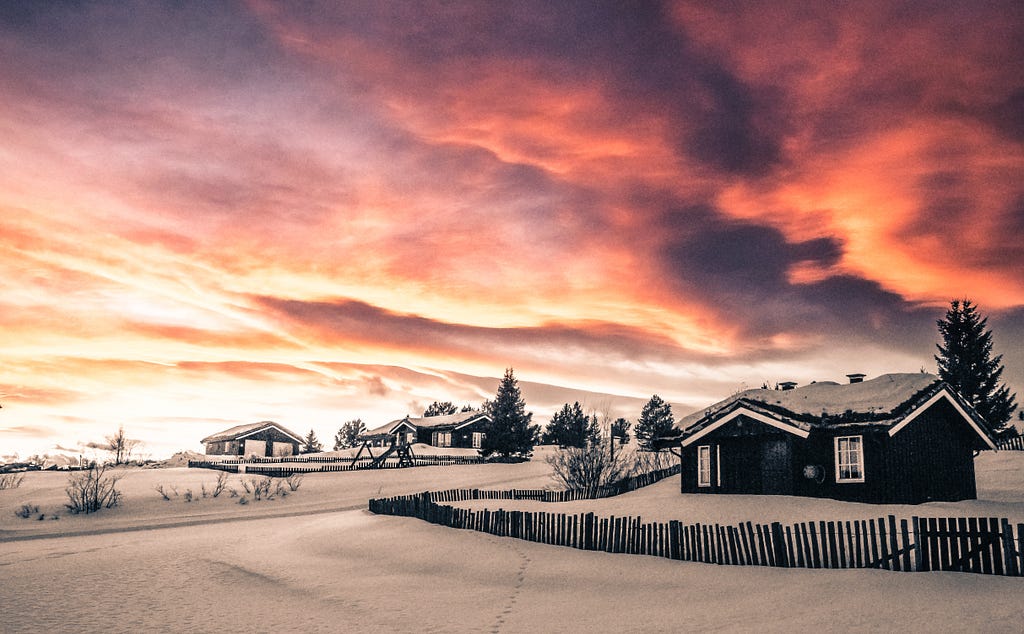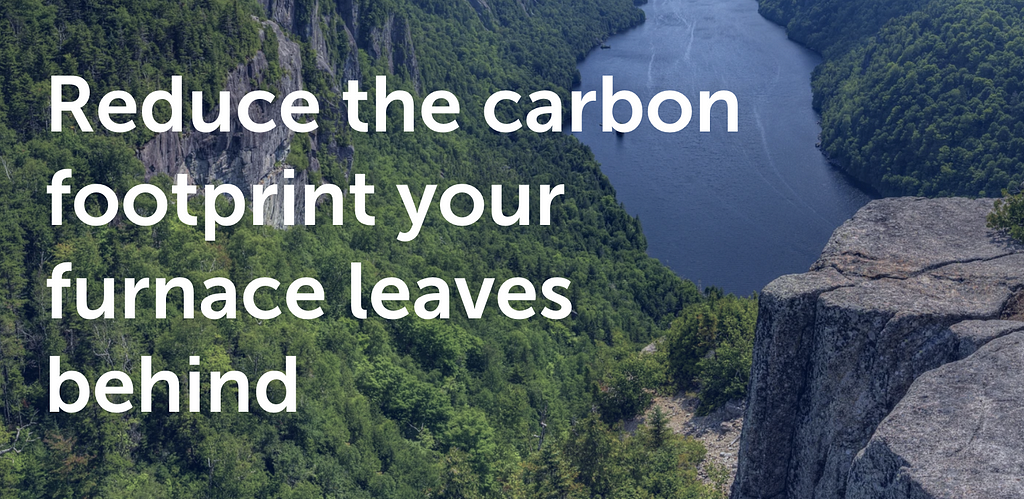How to Keep Your Home Warm Without Environmental Guilt

Winter is in full swing. With lower temperatures, families are increasingly cranking up their furnaces, and that means a larger emissions footprint. Many consumers don’t realize that heating and cooling are the major components of a home’s carbon footprint, making up more than 40% of total emissions on average.
Fortunately, there are simple steps you can take to reduce your environmental impact this winter season.

Address Your Furnace Pollution
An easy and affordable option is to offset your furnace’s harmful carbon pollution through carbon offset purchases. A carbon offset allows a person to support efforts that help capture carbon — like reforestation efforts — with the goal of reducing overall emission levels in the atmosphere. Research has shown that carbon offsets, done correctly, have successfully lowered emissions.
CleanChoice Energy’s Clean Furnace carbon offsets plan can help you reduce your carbon footprint by supporting the growth of U.S. forests. Forest degradation is a huge and growing problem. The World Bank estimates that globally about 3.9 million square miles of forest have been lost since the beginning of the 20th century—equal to a landmass about 15 times greater than the state of Texas.
Meanwhile, deforestation disrupts water cycles, fuels soil erosion, impacts biodiversity, and furthers climate change. Forests play an essential role in mitigating greenhouse gas emissions by sequestering carbon dioxide, storing it in their trunks, leaves, branches, roots and even in the forest soil. Yet when forests are cut, burned, or otherwise removed they emit — not absorb — carbon. By some estimates, forest degradation is responsible for about 15% of all greenhouse gas emissions. On average an acre of forest protected helps offset at least one ton of carbon pollution per year. In fact, research shows that forests are still the best technology we have to pull carbon out of the air.

CleanChoice Energy is part of the community of businesses that have used a third-party verification of their impact. Use the free B Impact Assessment to evaluate your company’s impact on all stakeholders, including the environment, your workers, your community and your customers.
Ensure Proper Insulation and Fix Any Leaks
Adding insulation and plugging air leaks reduce the amount of energy needed to heat and cool our homes. In many cases, the most significant contributor to our utility bills (and our home’s carbon footprint) is our energy usage. Air leaks such as those around doors, windows, and vents can account for 25% to 40% of the energy used for heating and cooling. Sealing those leaks is one of the most cost-effective and easy things people can do to make their homes more energy-efficient. Caulk and weather-strip windows, doors, dryer vents, and other areas where the air is escaping. The first step may be to sign up for a home energy audit.
For the Long-Term, Consider Upgrading Your System
For some homeowners, it’s best to upgrade to a high-efficiency gas furnace. Today’s new high-efficiency furnaces can be up to 98.5% efficient, a huge improvement over the 56% to 70% average from older furnaces. Another option is to install a heat pump, which utilizes the naturally existing heat in the air or ground to warm or cool your home, reducing reliance on fossil fuel-driven heat sources. What’s more, heat pumps use only a small amount of electricity to move warm air from the outdoors inside; in summer, they work in reverse to cool your home. Heat pumps are getting more affordable and, depending on where you live, you may be able to receive state and utility incentives that make it even more affordable.
For consumers looking to reduce their carbon footprint this winter, starting with your home is an effective way to cut your emissions. Strongly consider purchasing carbon offsets from companies like CleanChoice Energy; fixing your insulations and leaks; and maybe even installing a new furnace or adding a heat pump. Stay warm without the guilt.
B the Change gathers and shares the voices from within the movement of people using business as a force for good and the community of Certified B Corporations. The opinions expressed do not necessarily reflect those of the nonprofit B Lab.

3 Simple Ways to Reduce Your Carbon Footprint This Winter was originally published in B The Change on Medium, where people are continuing the conversation by highlighting and responding to this story.